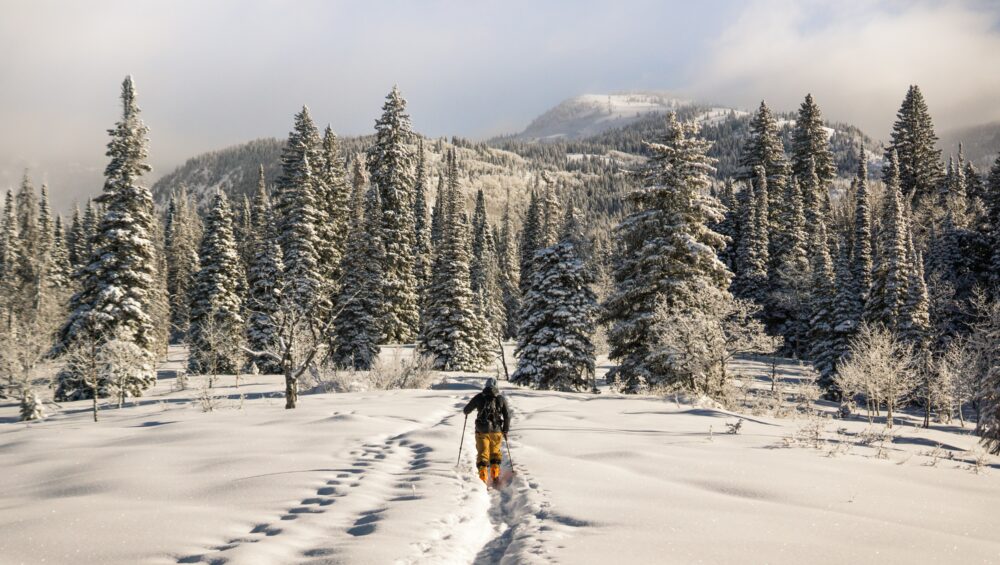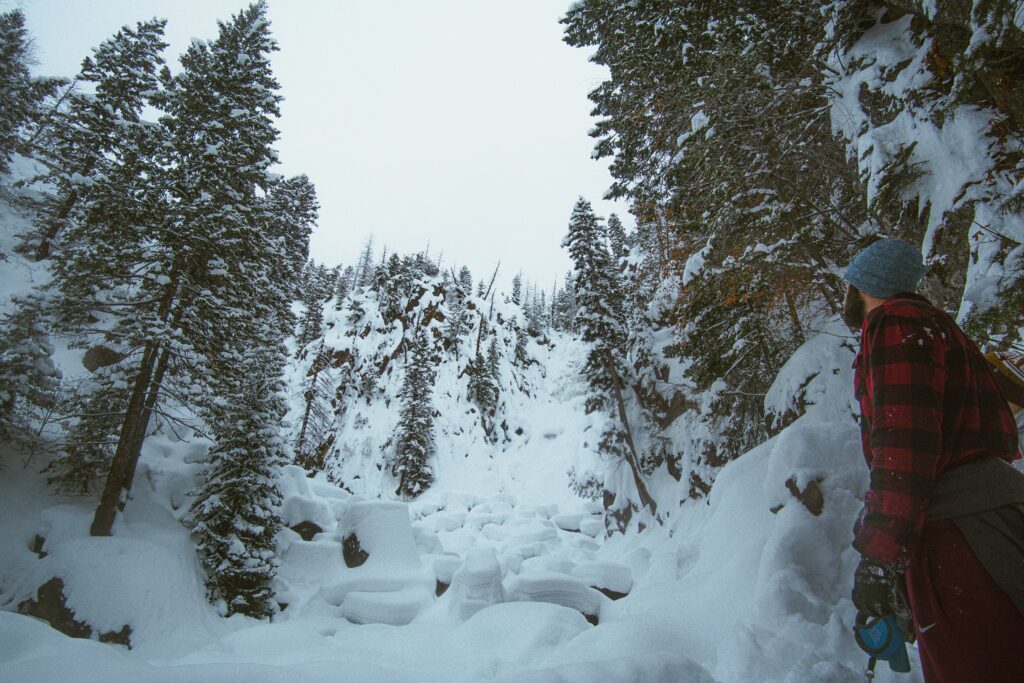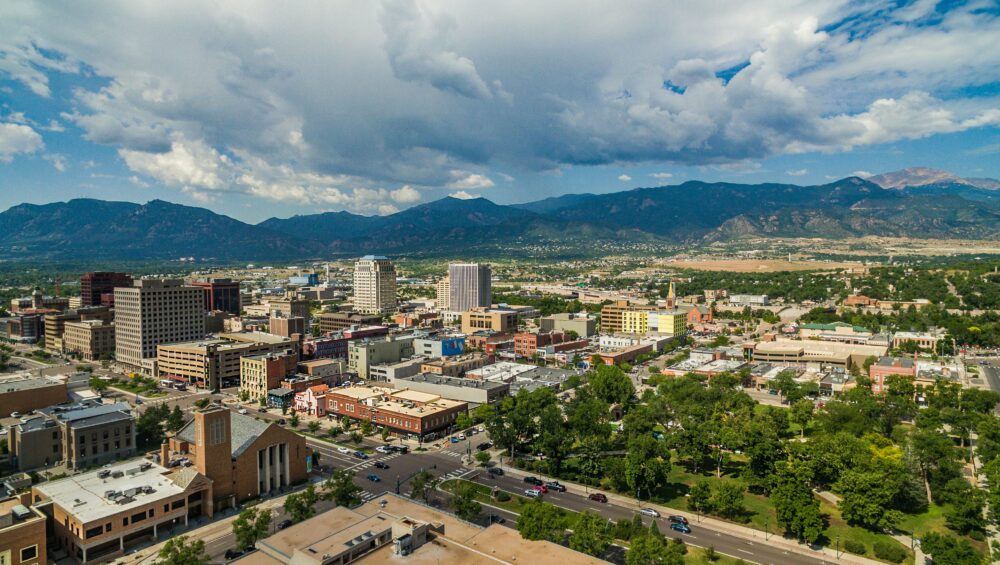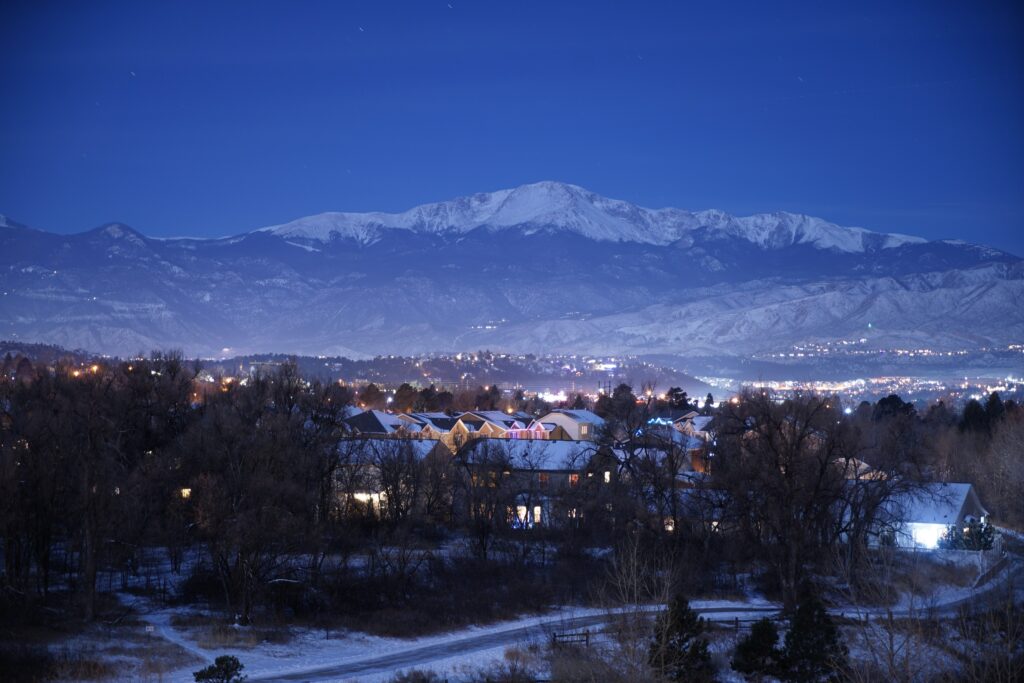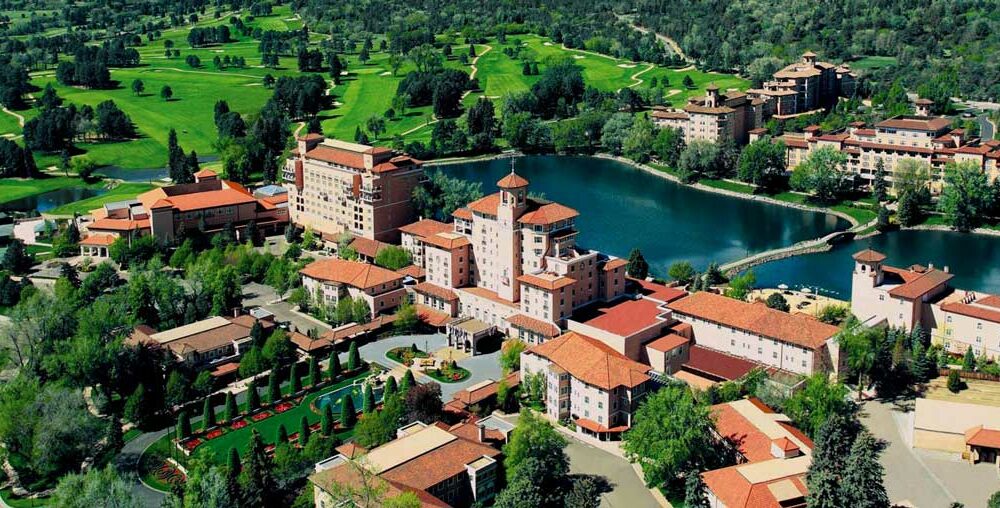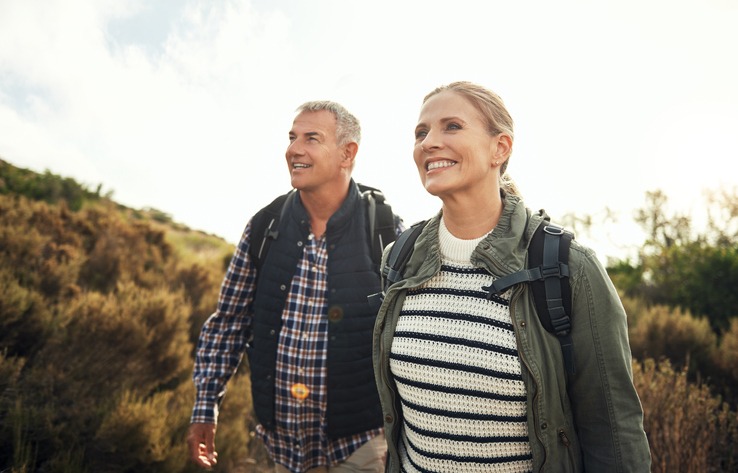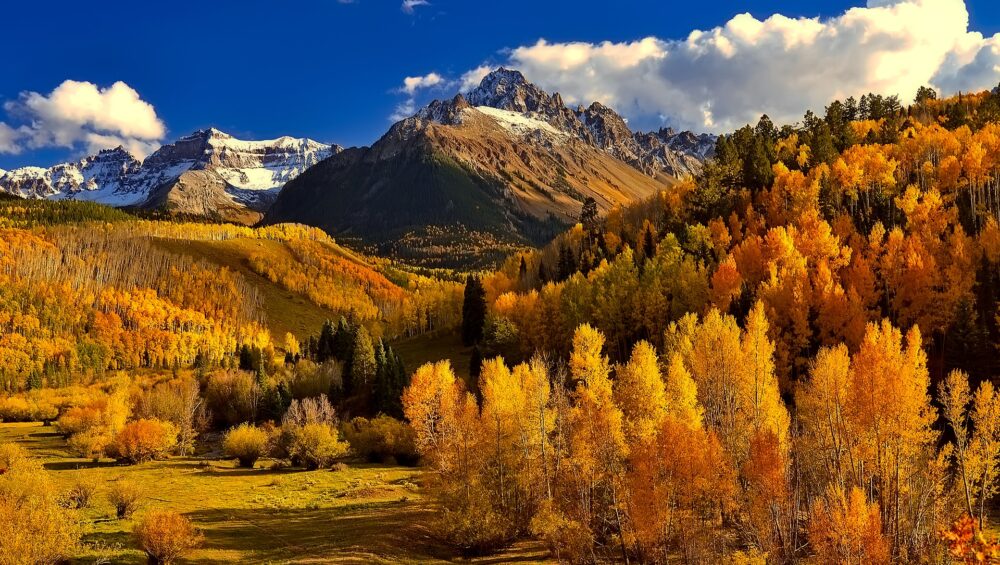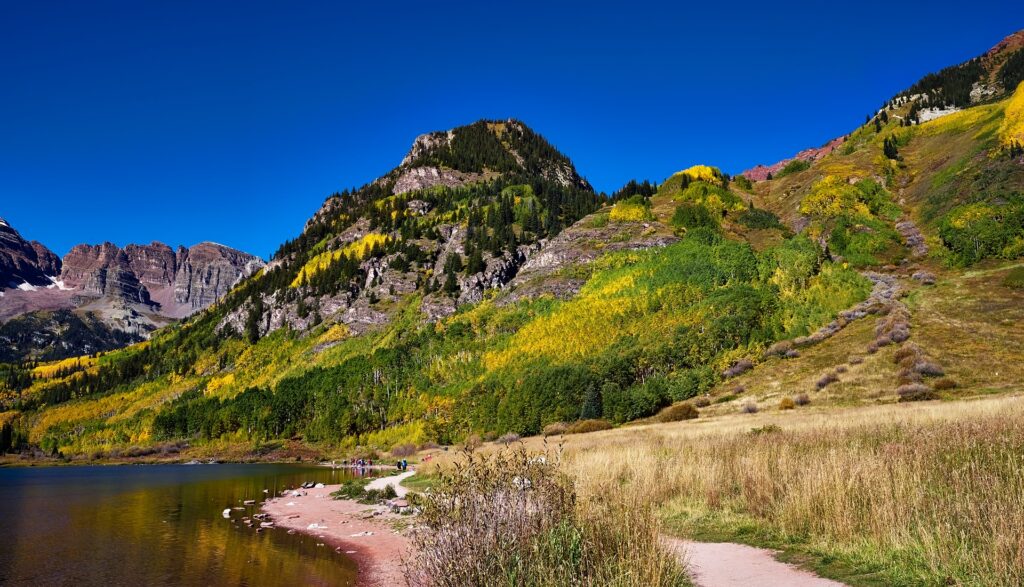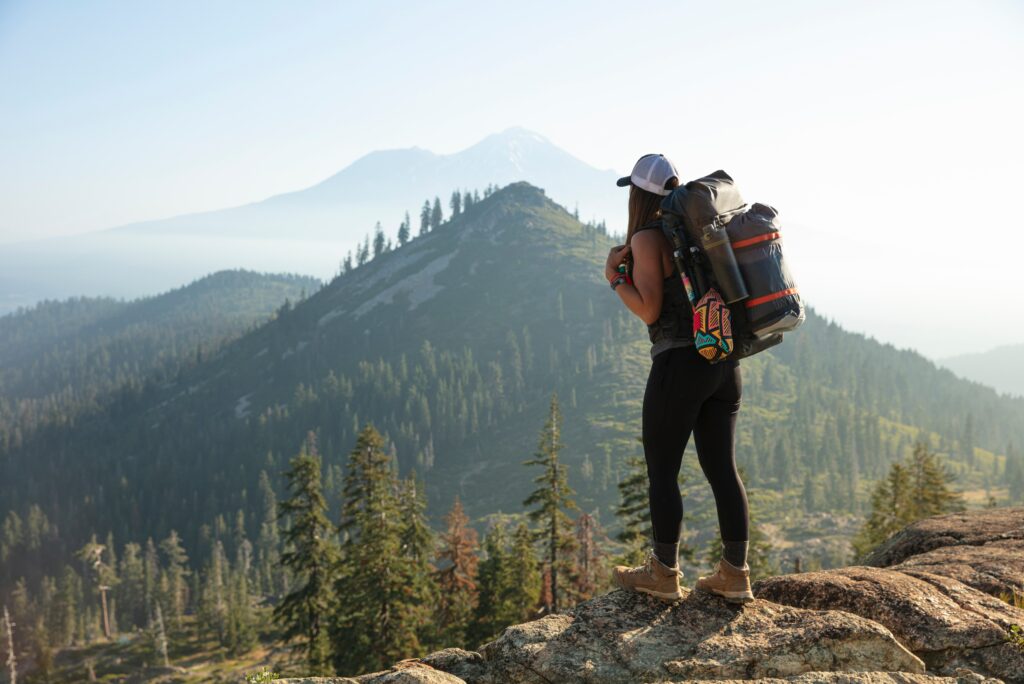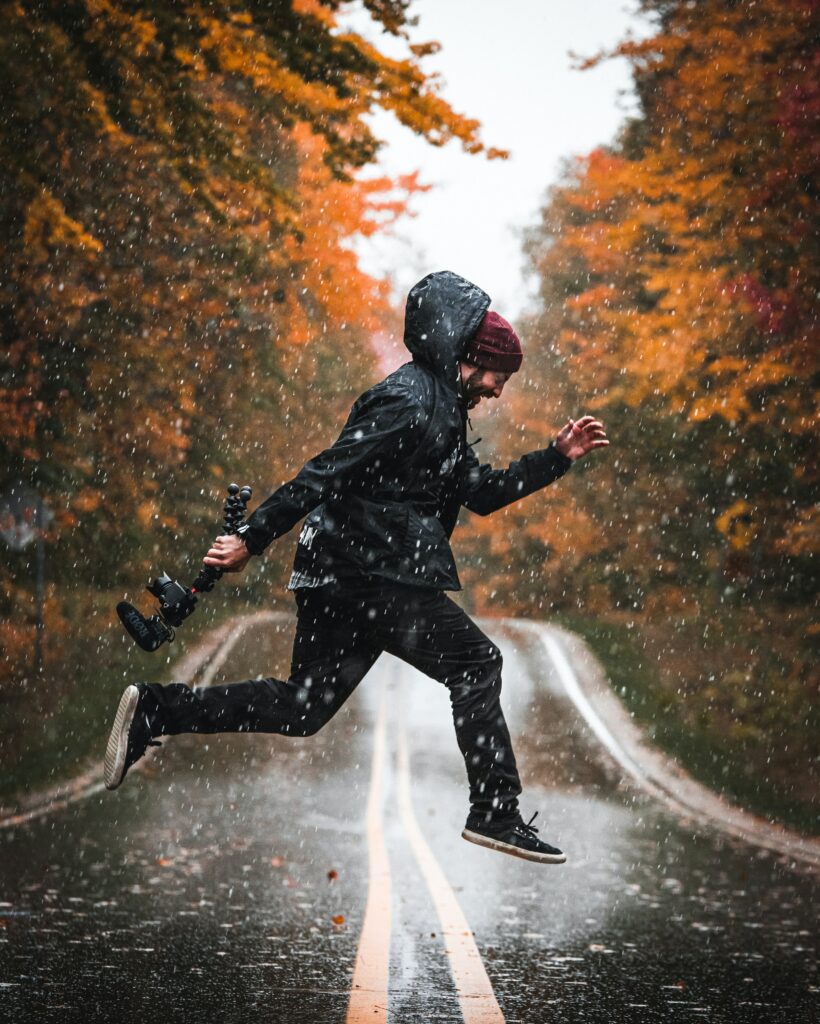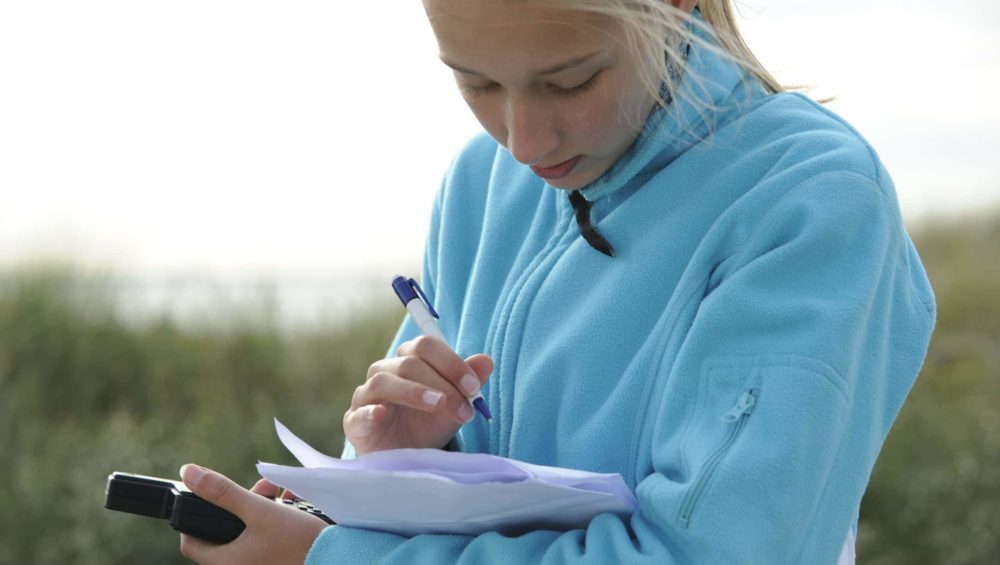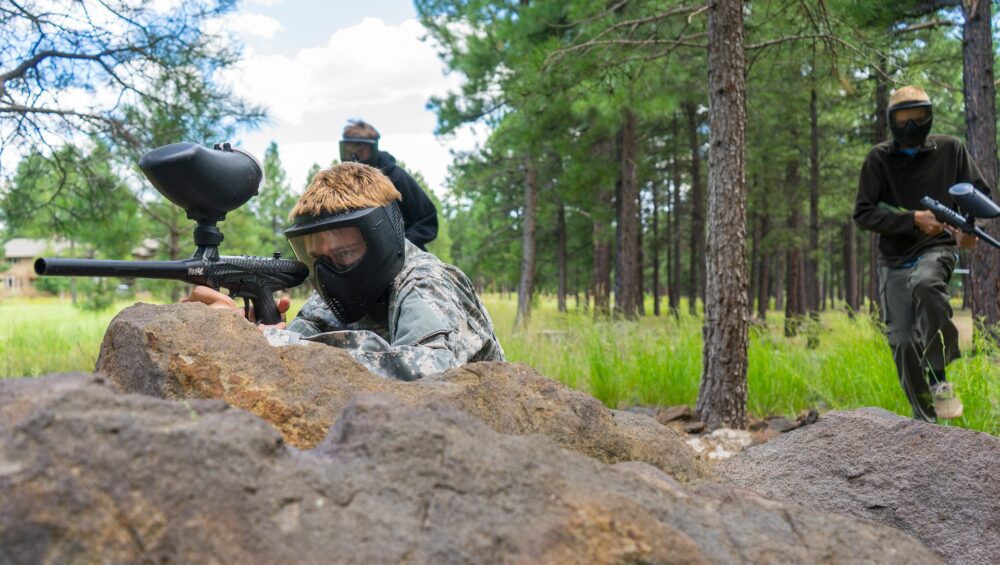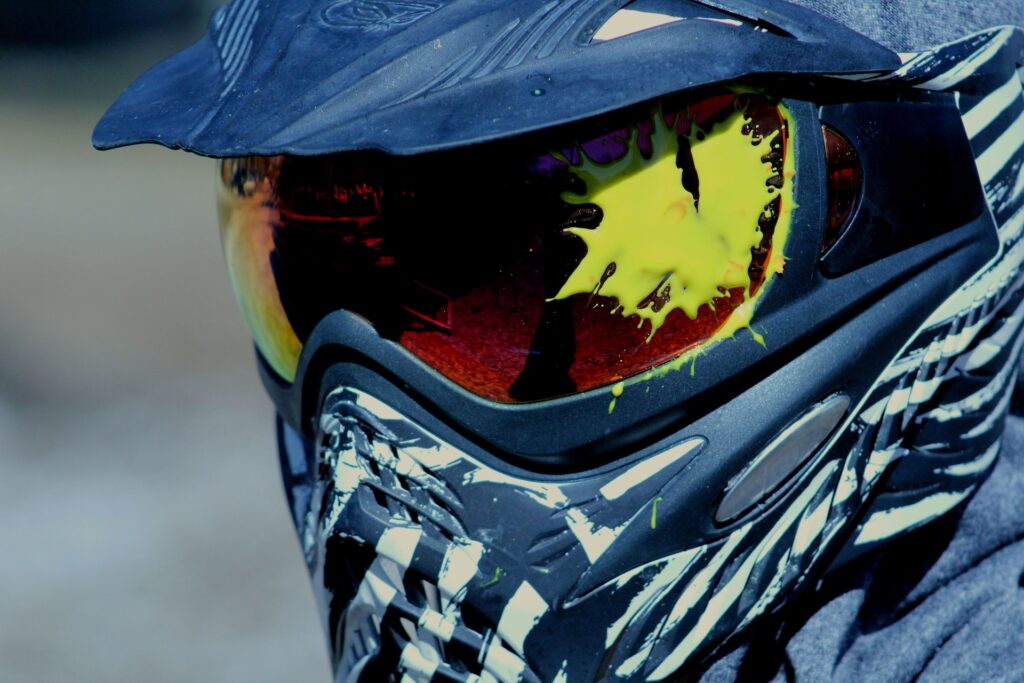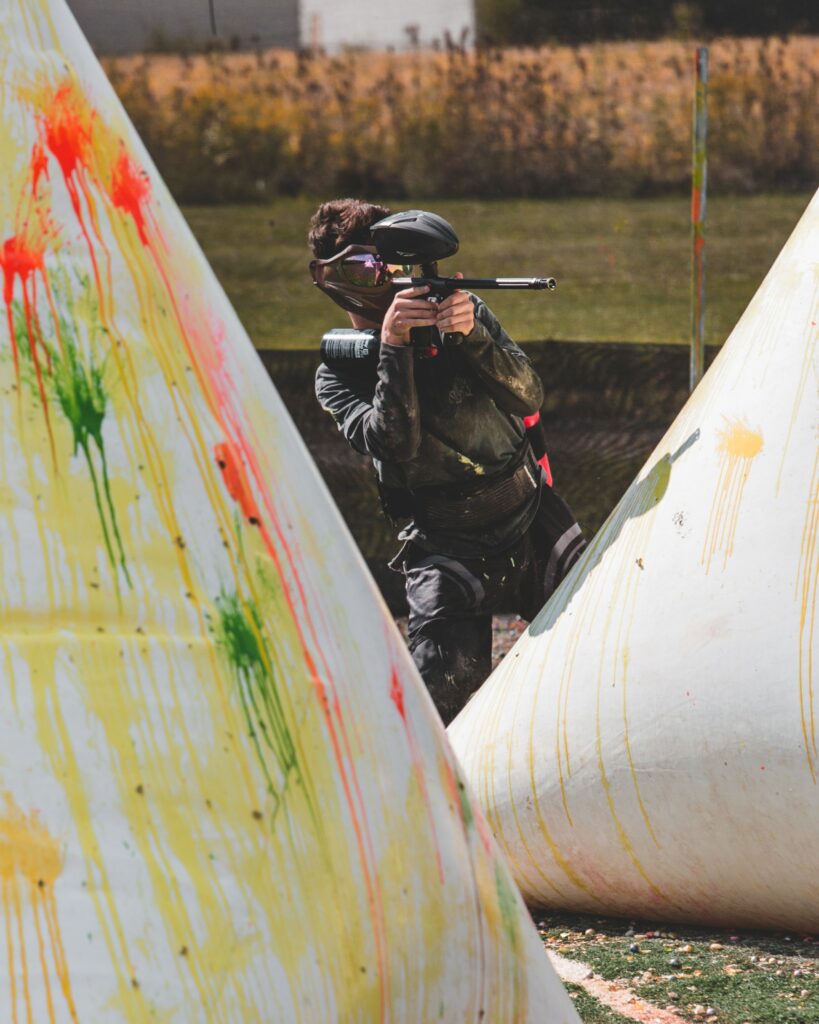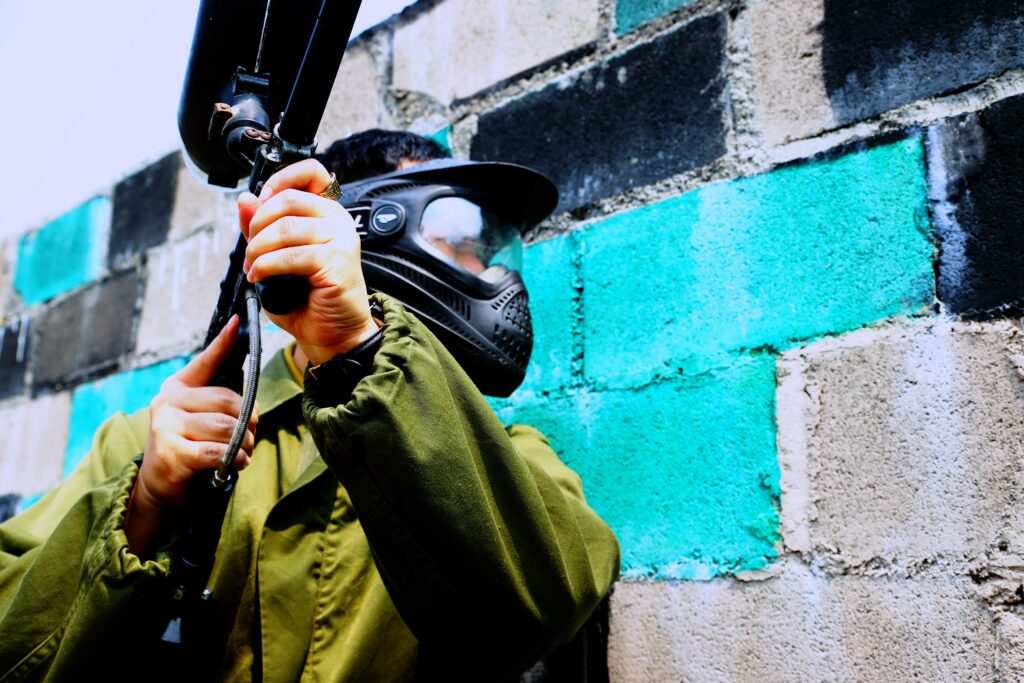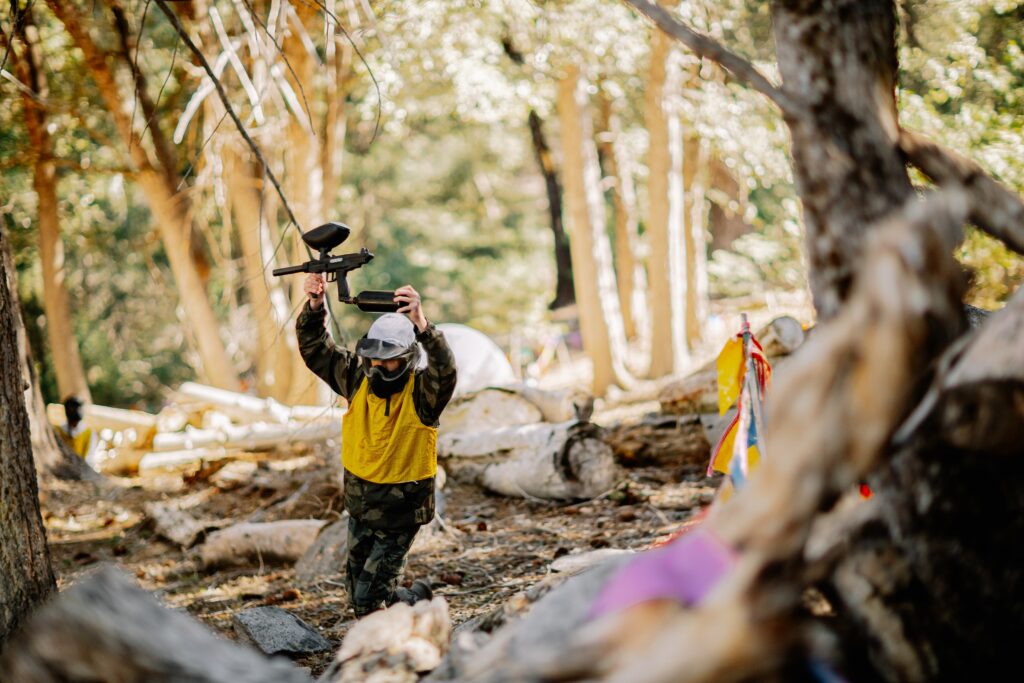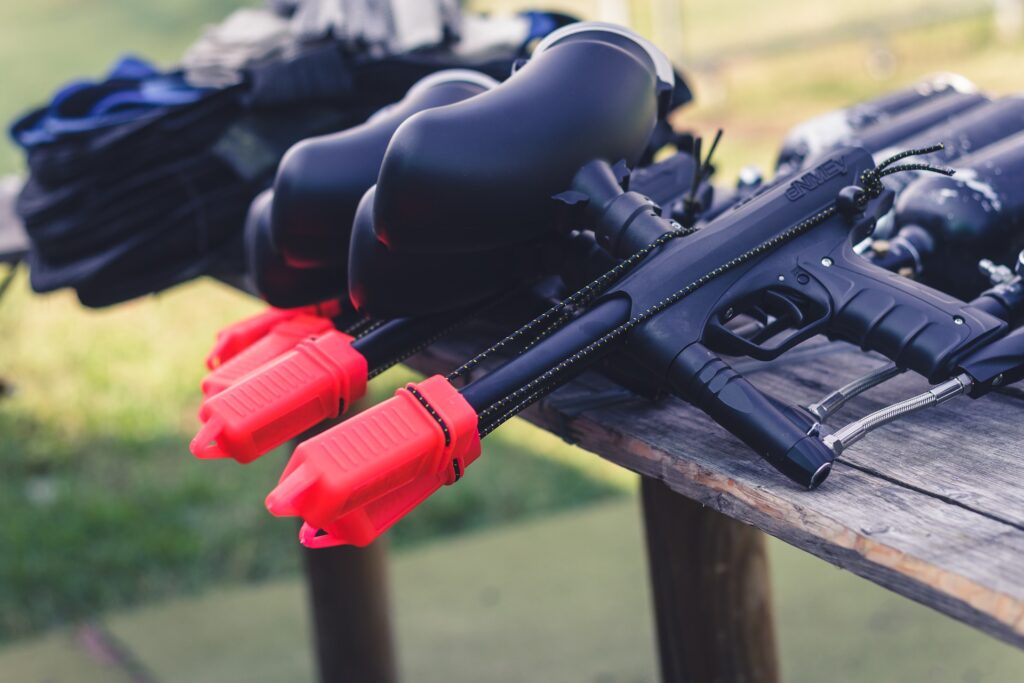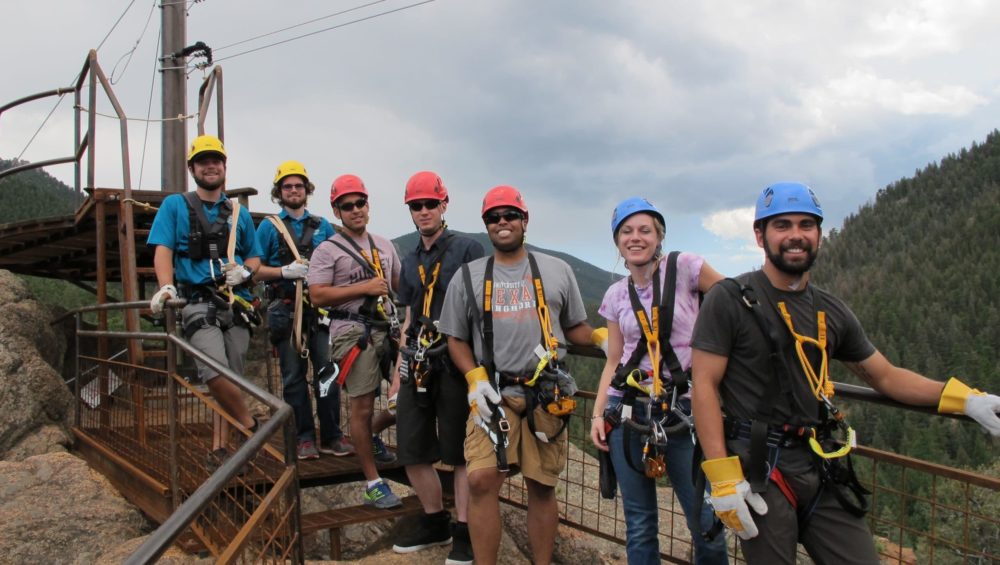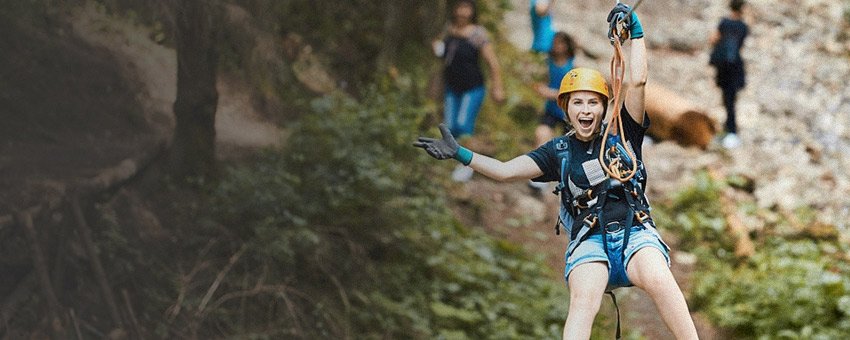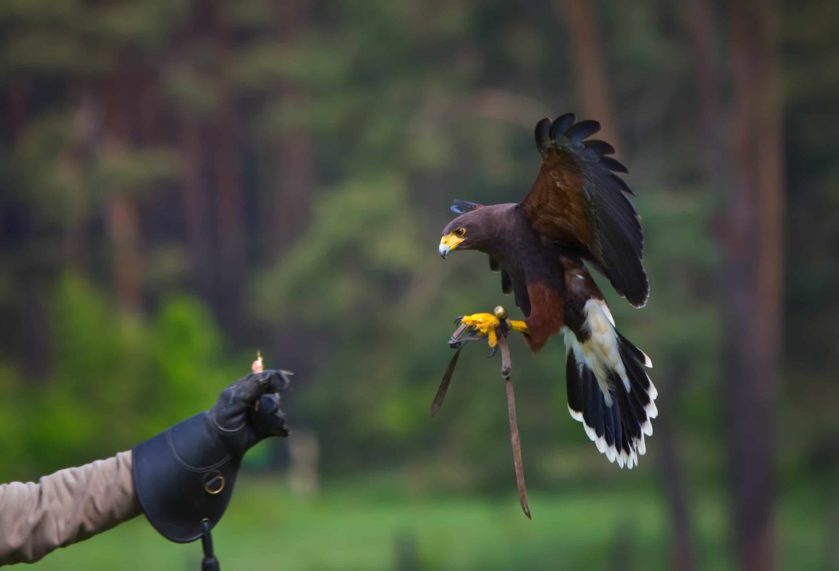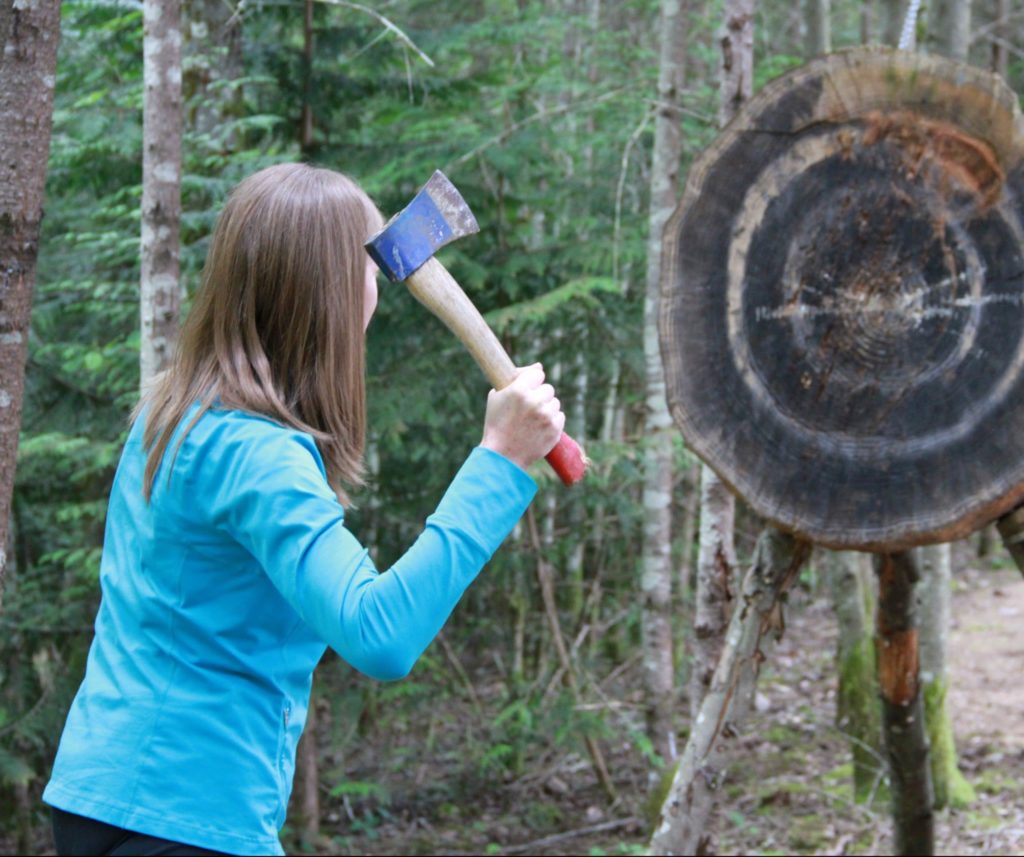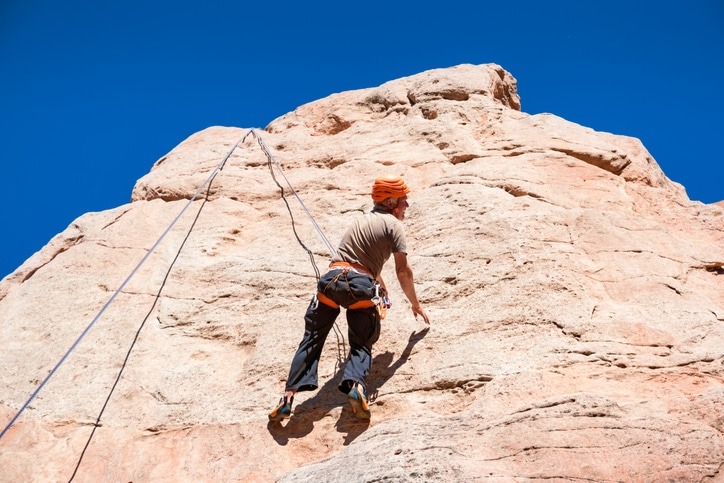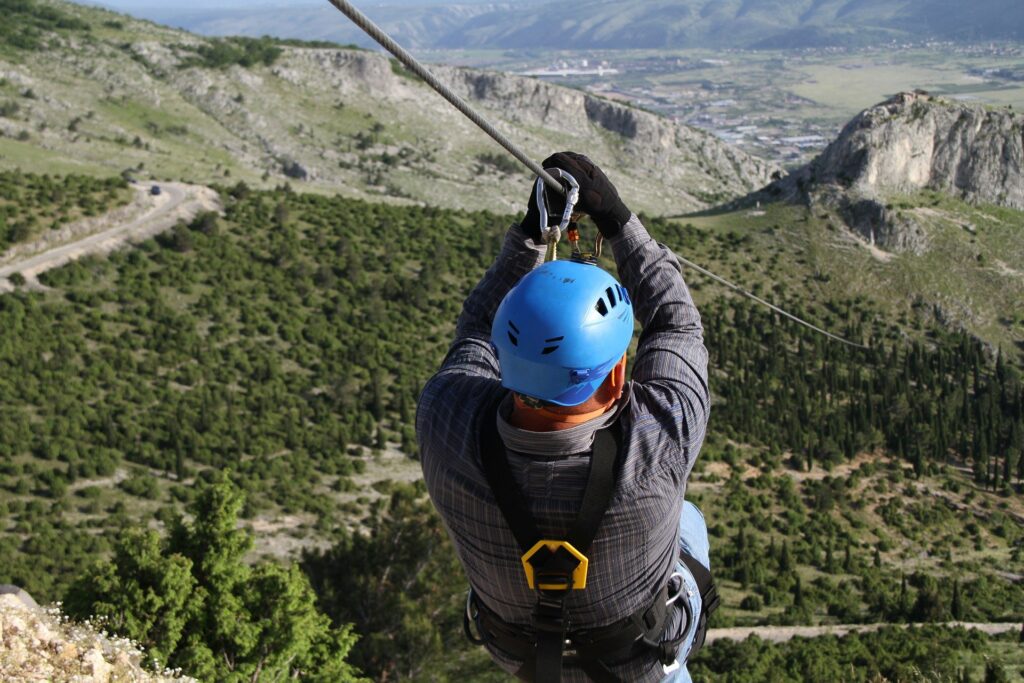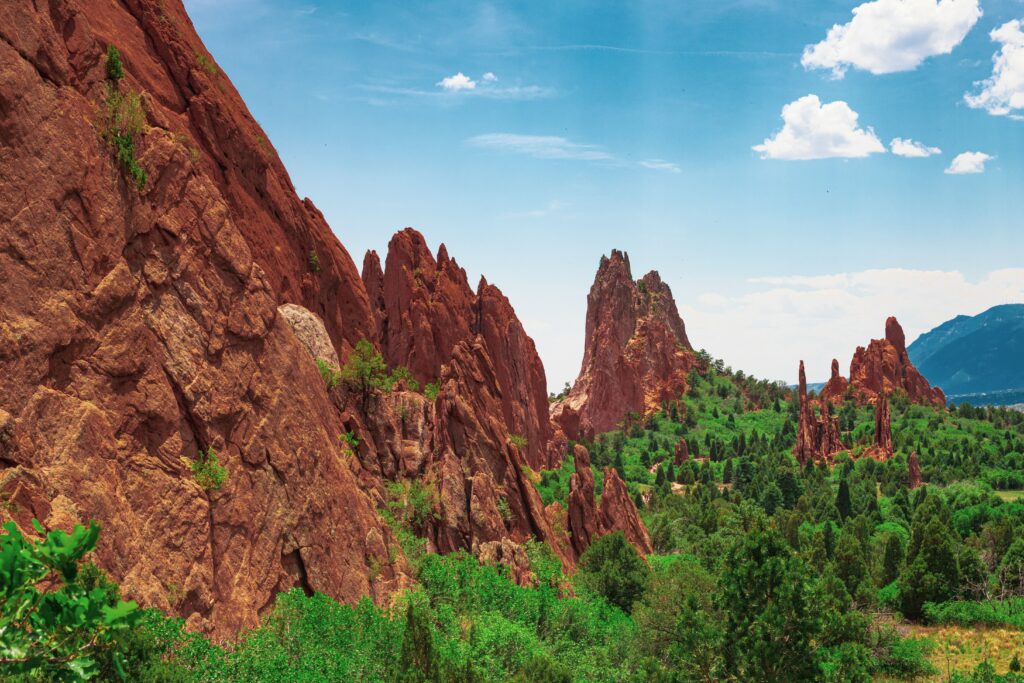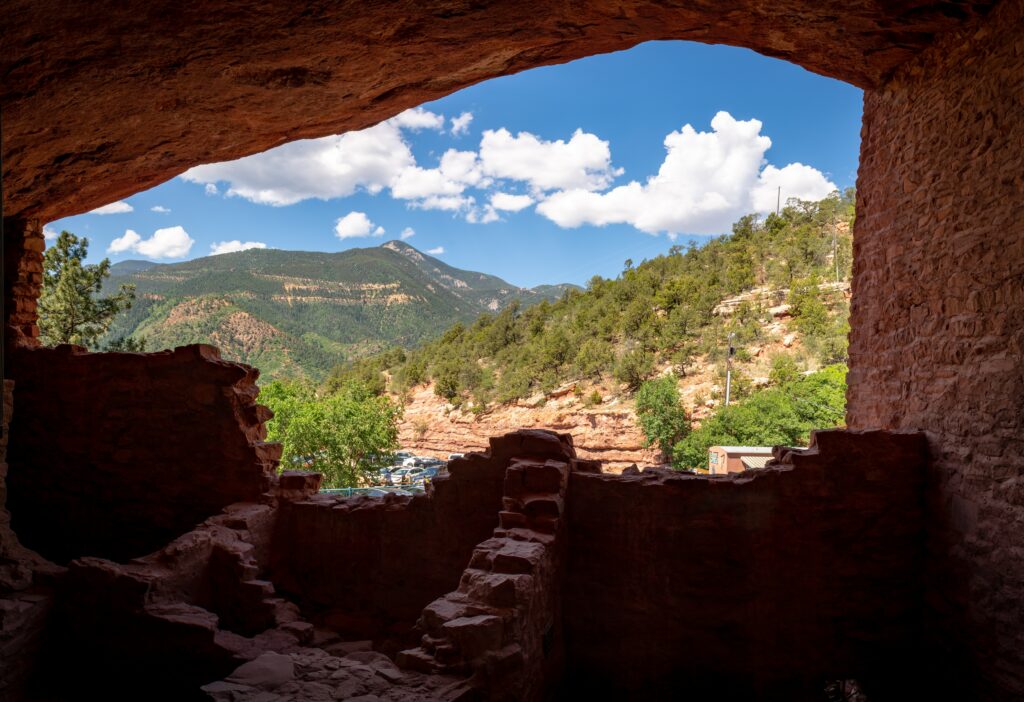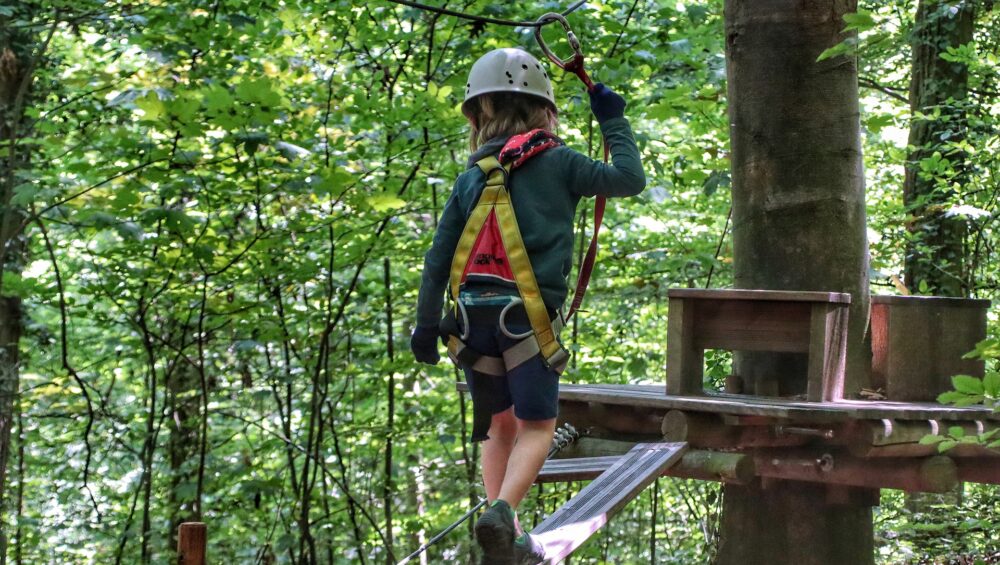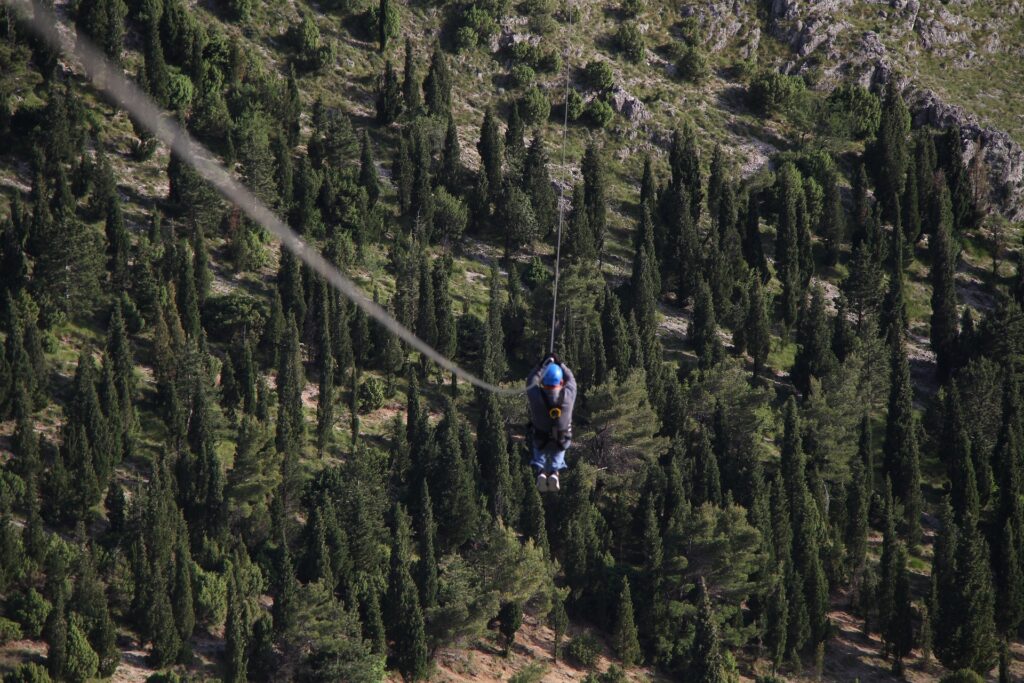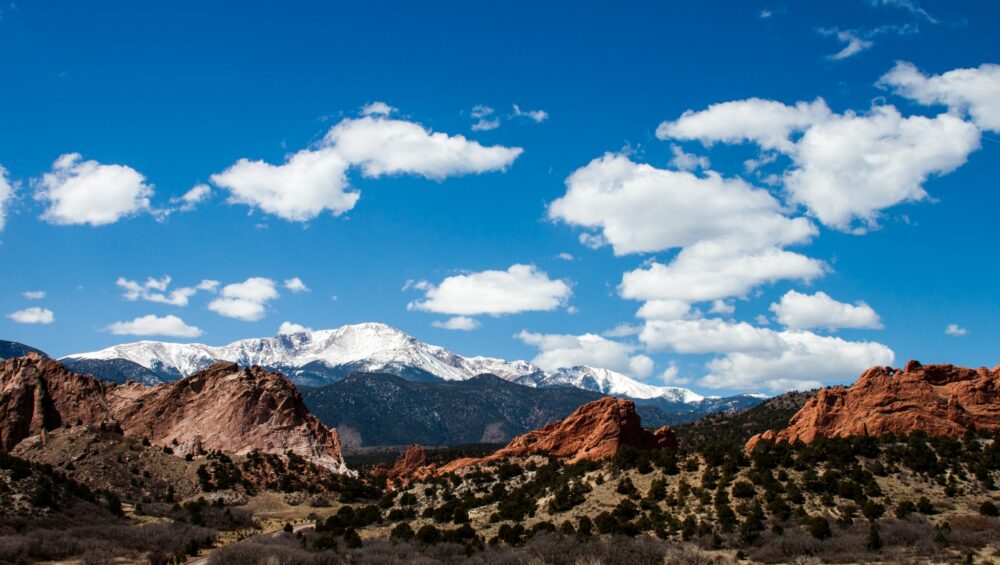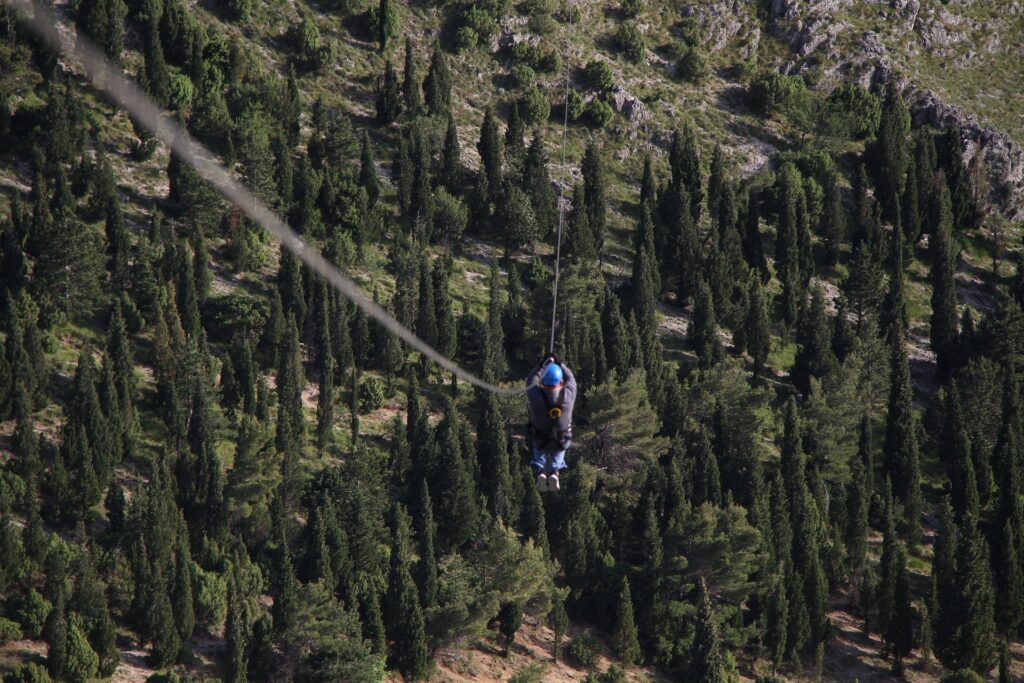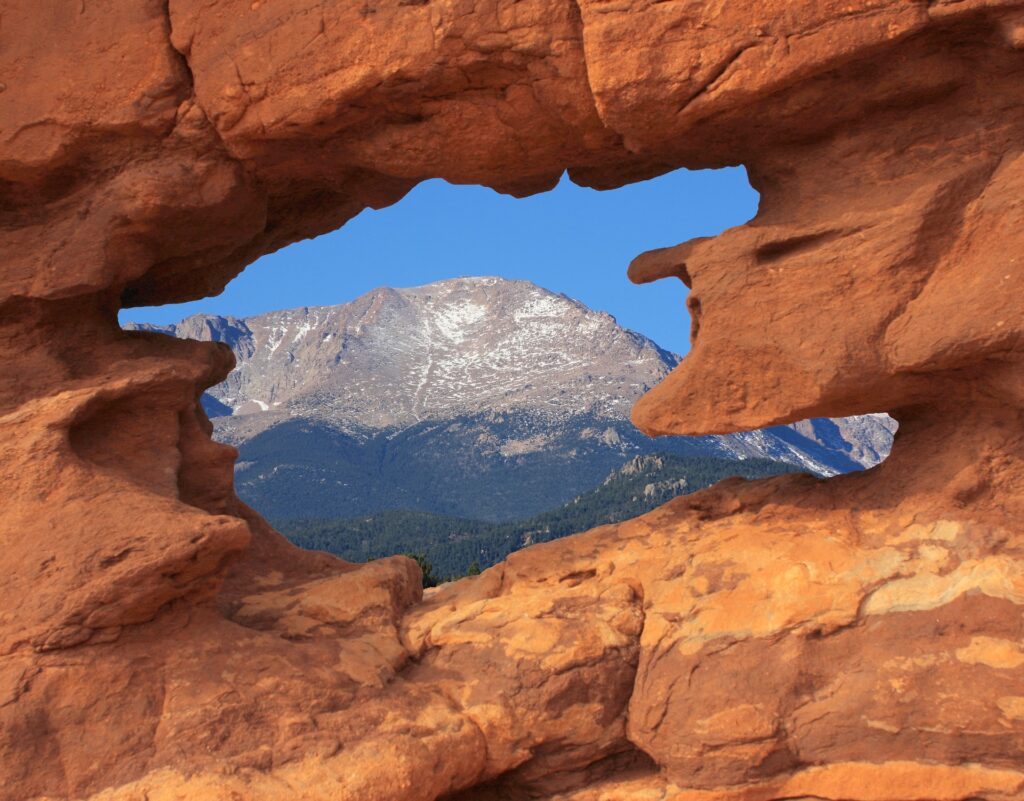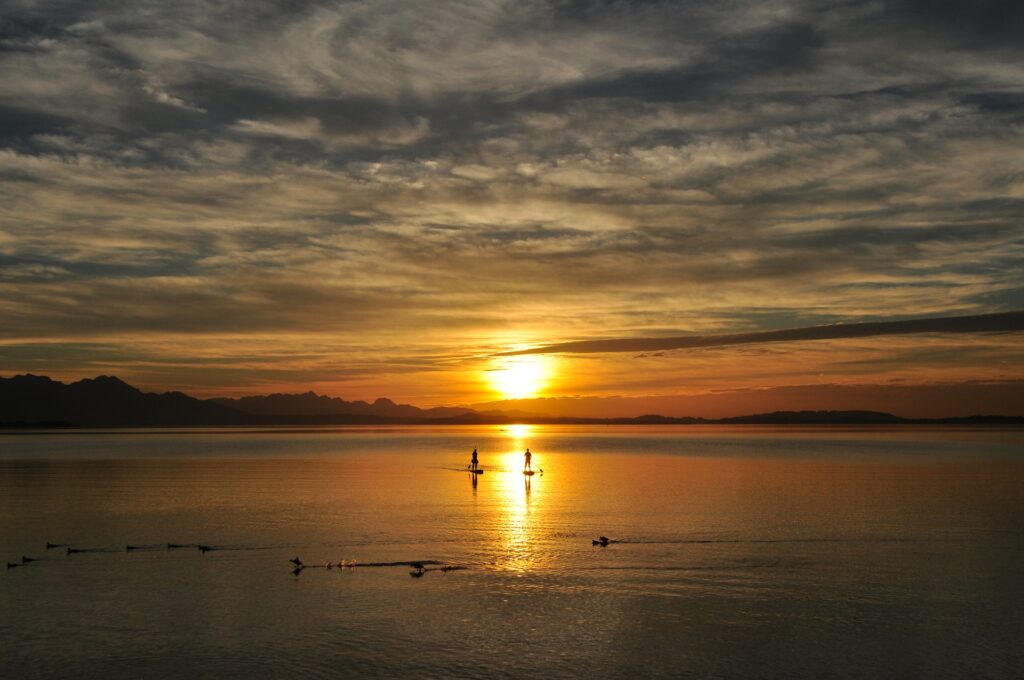Colorado becomes such a hotspot in the wintertime, and people flock towards the cities as their home base. Colorado Springs is one of the best locations for any family to choose as the spot to come for a winter vacation. It has each and every type of attraction, from underground tours to mountaintops that bring you into the deepest snow. No matter what you choose to do, you won’t come up short of options when figuring out what to do in the winter in Colorado Springs.
The list we’ve come up with only grazes the surface of winter activities in Colorado Springs. A family could spend the entire winter tucked away in the city and still have places to go and see by the time the thaw comes.
Here’s a list to get your family started. Think of it as a launching point and winter fun as your destination.
Best Winter Activities for Families in Colorado Springs
Snowshoeing
One of the most classic winter activities that come along with deep snow is snowshoeing. It’s a traditional mode of travel that goes back thousands of years, but technology has come a long way.
Today, lightweight snowshoes and designated trails make snowshoeing a fun activity rather than an arduous task to get from one place to another. This can fill an entire day with the family and have even the most energetic kids completely wiped out by the end.
There are plenty of places to visit in Colorado Springs if you’re looking for prime snowshoeing trails. Mueller State Park has a ton of trails that will take hours to fully cover, Horsethief Park will take you around the Pancake Rocks, and the Barr Trail can take you up Pike’s Peak. These are just a few of the trails found within a short distance from the city.
Ice Skating
No cheesy Christmas movie is complete without the happy couple skating around the ice rink in the local city park. While you may not be filming a cheesy movie, the same goes for a winter family vacation.
Ice skating is so much fun for beginners and experts alike. Colorado Springs is home to a variety of indoor and outdoor rinks for the public to try out. Monument Ice Rinks, Sertich Ice Center, and Honnen Ice Center are just a few places to visit.
Within minutes of getting on the ice, the entire family will be slipping and sliding around, which guarantees to put smiles on everyone’s faces. It can be a humbling experience, but ice skating is a great workout and a ton of fun once you get the hang of it.
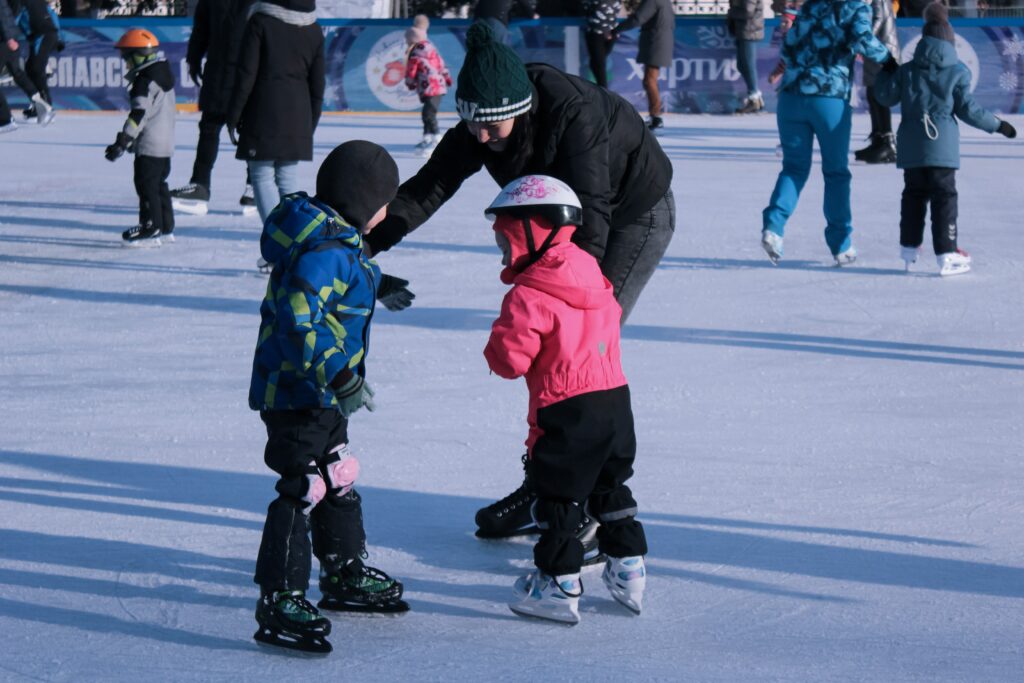
Manitou Springs Hot Springs
It’s an easily agreed-upon fact that hot tubs are one of the best parts of the winter. Finding natural hot springs that allow for a chlorine-free experience increases the value ten-fold. Finding natural hot springs isn’t always easy, and you often have to work for the reward.
Manitou Springs is located just west of Colorado Springs and is filled with various springs to soak in. This small town makes finding hot springs a simple task and getting in them an even easier one.
This could be done with the family if the kids are a little wiped out already. It’s the kind of space to take a deep breath and let it out slowly, not a water park to splash around in. Get the family to unwind at the end of the day, or get the body loosened at the beginning.
Royal Gorge Suspension Bridge
The Royal Gorge Suspension Bridge used to be the highest suspension bridge in the world until a bridge in China surpassed it. Today, it is still the tallest bridge in the United States and ranks highly on the list of highest bridges worldwide. Needless to say, if heights are not your thing, maybe stay on land.
Just a short walk across the bridge is even to take in the dramatic views you can get in the wintertime. It can be astonishing to see the way the snow makes its way down the gorge and to feel so small standing above it.
The park home to the bridge is also home to ziplines, a sky coaster, bungee jumping, and the newest via ferrata. For those unfamiliar with via ferratas, it’s essentially clipping into metal wires, scaling cliff sides, and looking down at the abyss. Maybe it would be best suited for the family that classifies themselves as highly adventurous.
Colorado Wolf and Wildlife Center
The winter is the best time to visit the Colorado Wolf and Wildlife Center. The center is dedicated to the rescue of wolves, as well as educating the public. The wolves that call this center home are the most active in the winter, which is why we highly recommend putting it on your winter bucket list.
The Wolf and Wildlife Center is also home to four different foxes. This is an excellent opportunity to throw a bit of education into the mix of other fun on vacation.
Cave of the Winds Mountain Park
The final destination on our list may be more unexpected in the winter. Why? Because it is completely without snow. That’s what may make it one of the best winter activities in Colorado Springs.
Cave of the Winds Mountain Park is located a short drive west of Colorado Springs in the Pikes Peak region. This complex of intricate caves isn’t just a great relief from the snowy wonderland above ground. It’s full of fascinating geology. The tour takes you through 15 different rooms and on over a half-mile of trails.
Cave of the Winds also has Christmas Underground, a Christmas celebration full of songs and stories to bring the holiday cheer below ground. It is the perfect thing to do with your family to get that brief escape from the snow without being tucked away in a hotel room.

